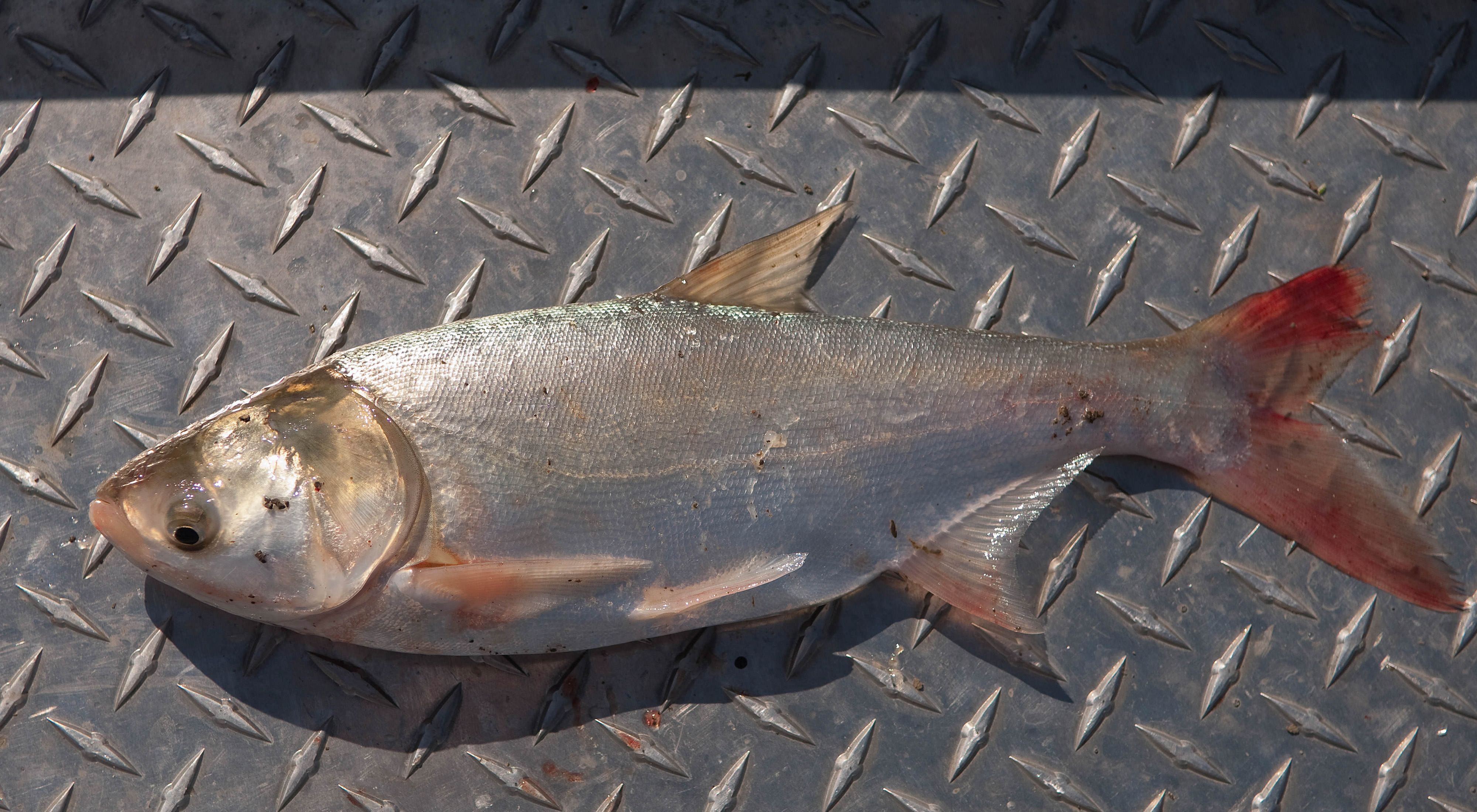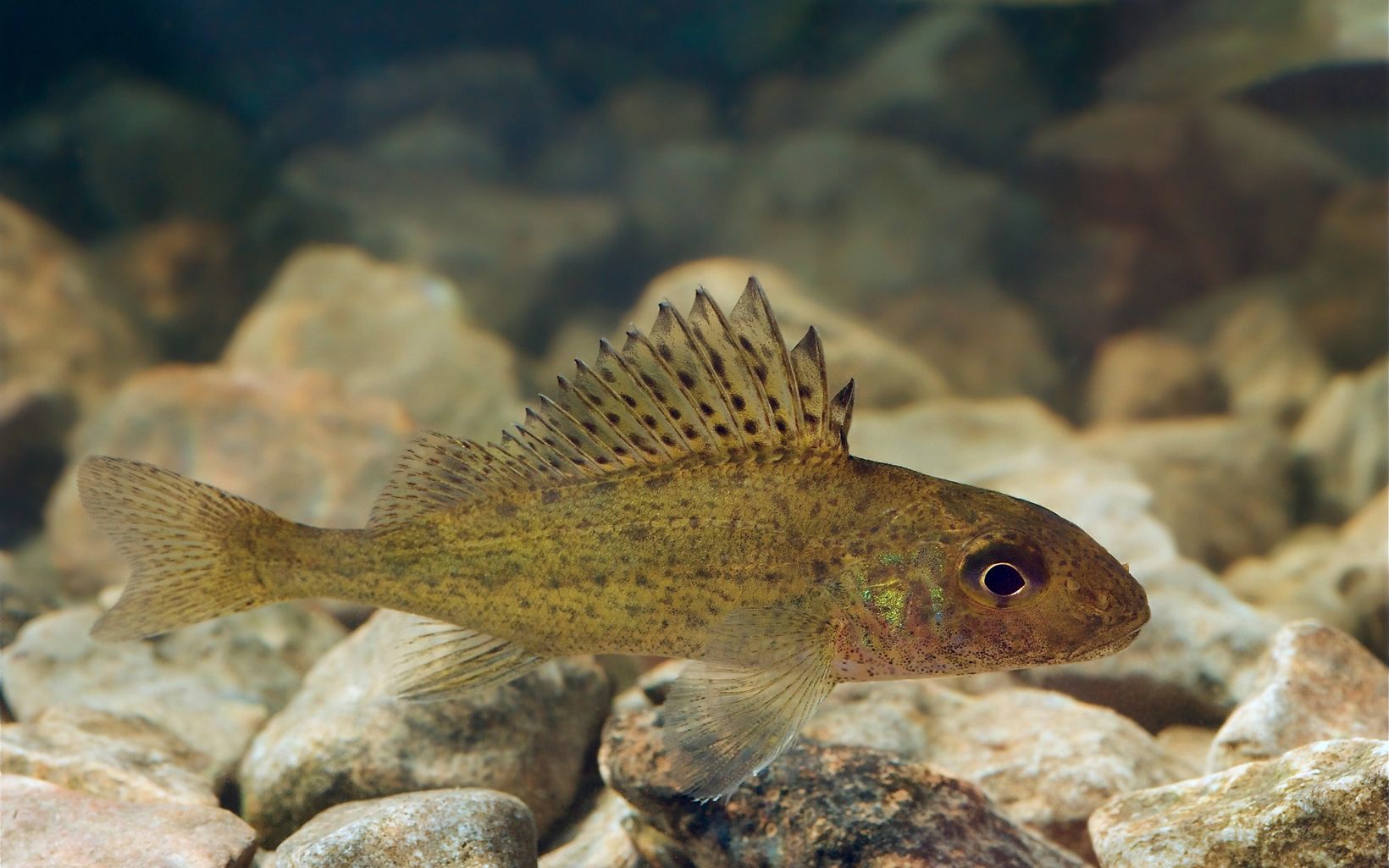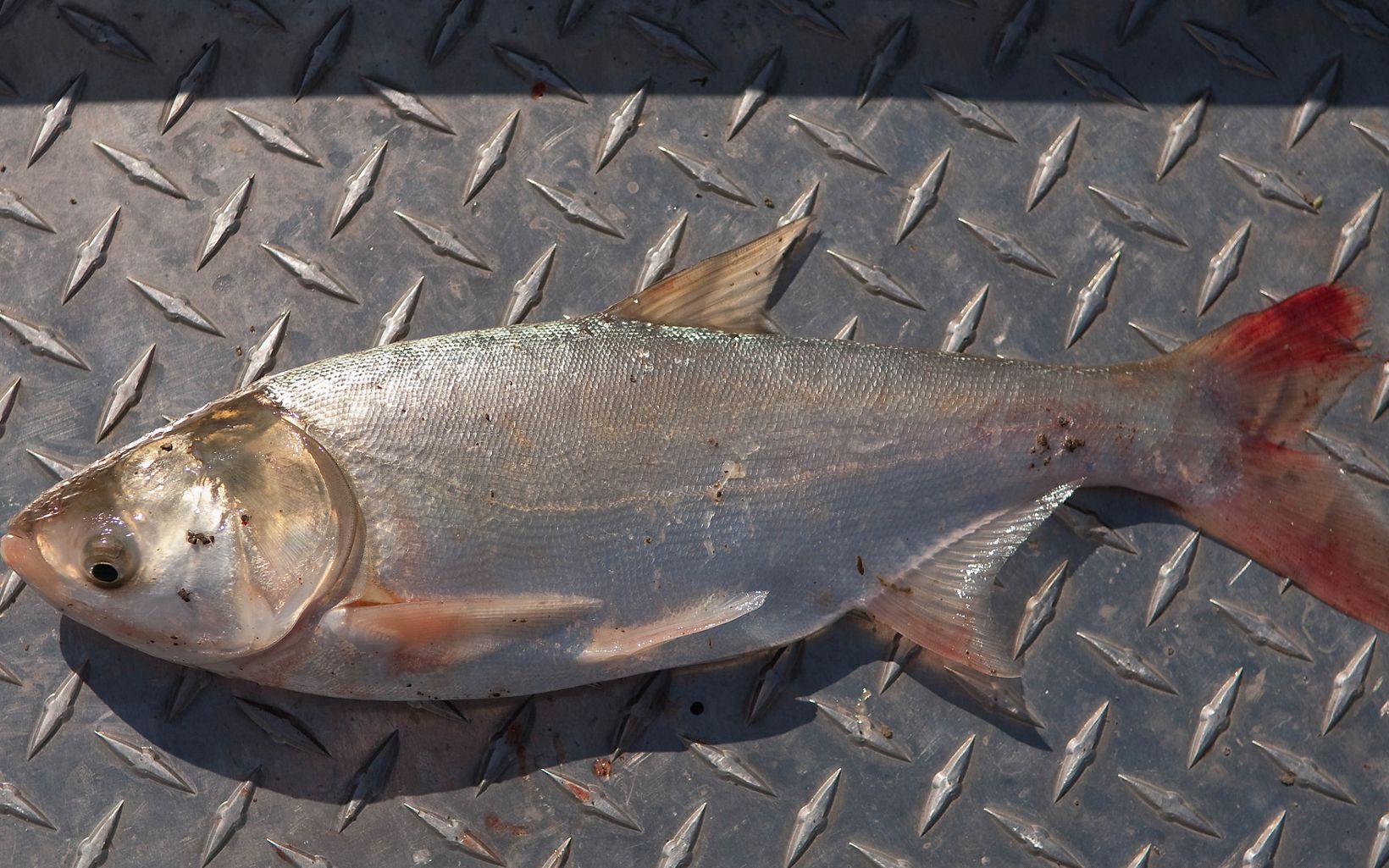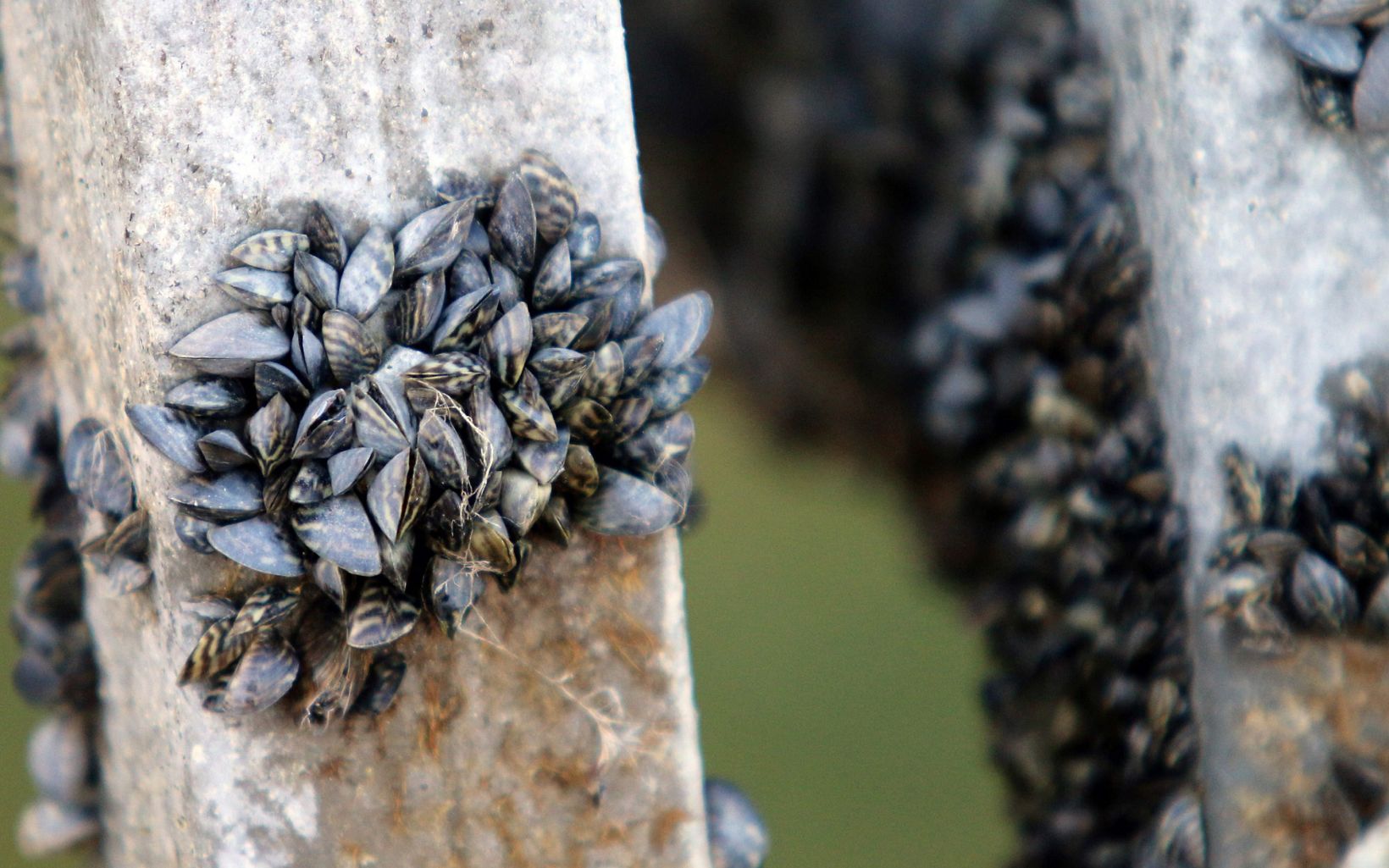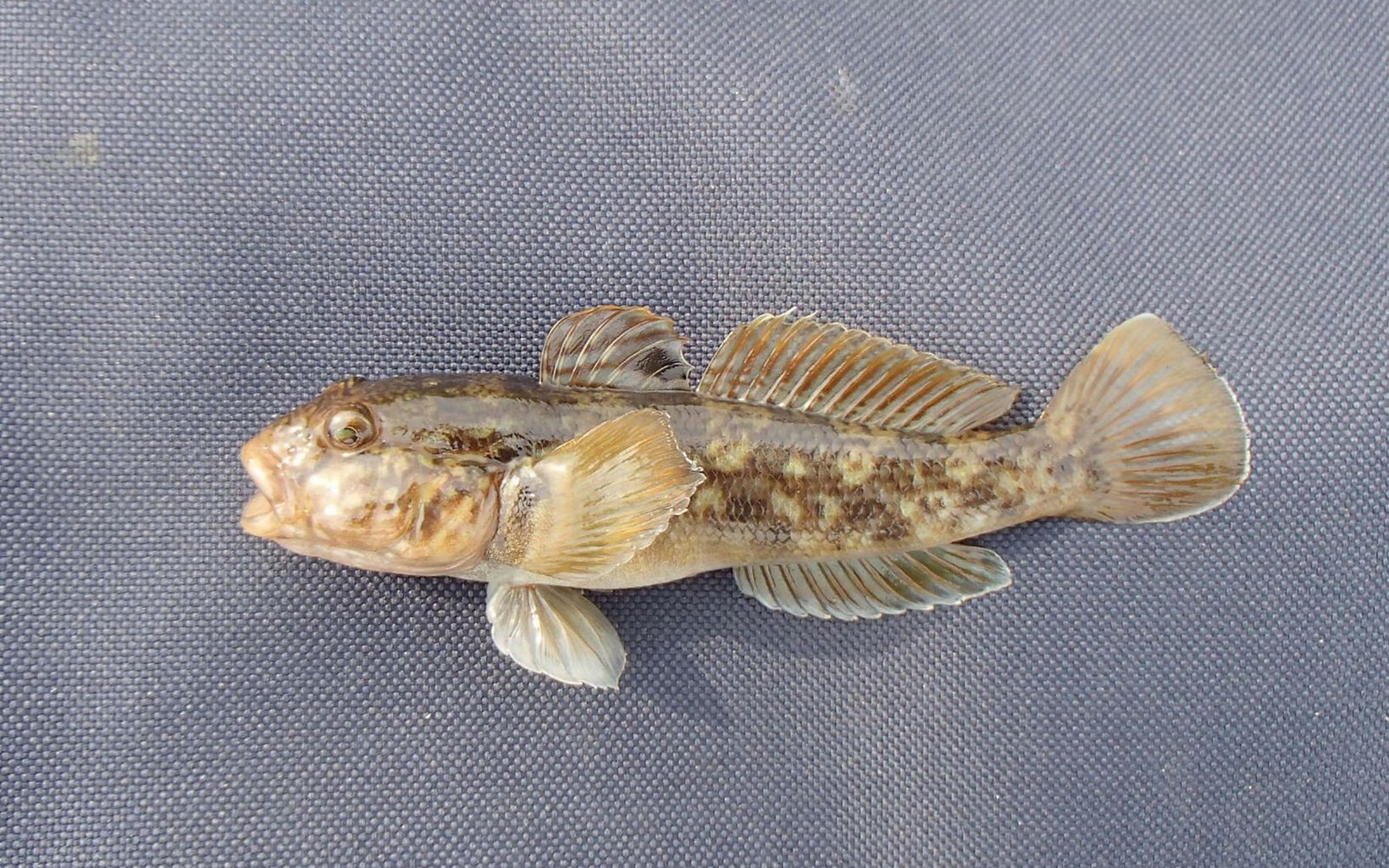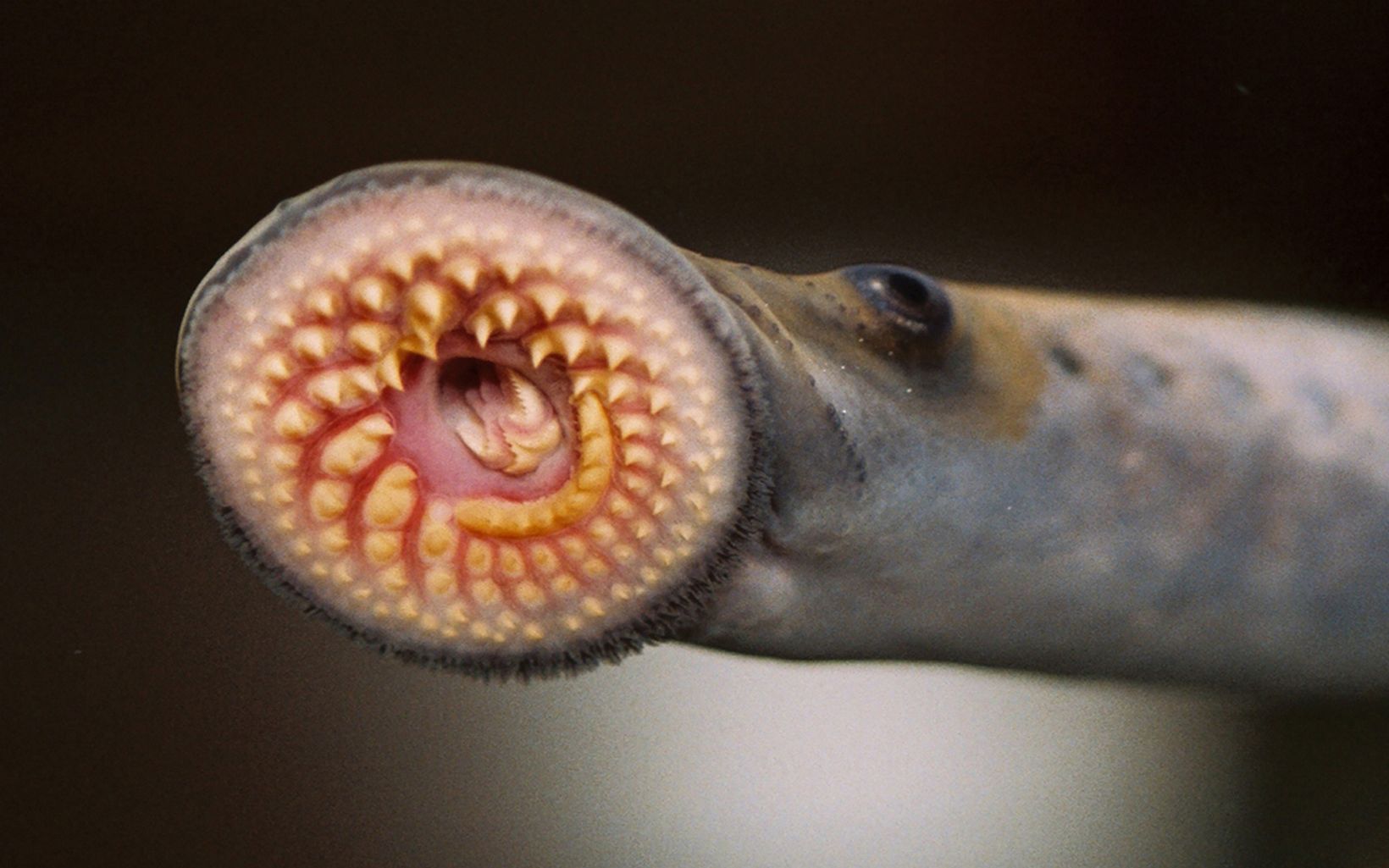Aquatic Invasive Species
Invasive species have an impact on every system here and cost more than $200 million annually in lost revenue and prevention strategies.
Aquatic invasive species may be the most significant threat to the health of the Great Lakes. The Great Lakes Project will collaborate with universities, funders and state and federal agencies to:
- Prevent the arrival and spread of new aquatic invasive species.
- Detect and eradicate newly arrived aquatic invasive species before they get a foothold in the Great Lakes.
- Give natives species a competitive advantage through pest management techniques.
- Influence policy by providing information about the highest-risk species to state and federal agencies, and help decision-makers understand the economic and ecologic trade-offs to craft more effective policies.
While aquatic invasive species have irrevocably changed the Great Lakes, we are taking steps to stem new introductions, contain new arrivals from becoming established and minimize the impact of those aquatic invasive species that are here to stay. A stronger, more resilient Great Lakes ecosystem is one of the most powerful weapons we have against aquatic invasive species.
Mapping the Spread of AIS
Prevention
The Nature Conservancy is working to prevent the spread of aquatic invasive species in the Great Lakes region and beyond. There are many ways aquatic invasive species are introduced into new habitats. By understanding how invasive species can move from place to place, we can work to prevent the next big invasion in the Great Lakes.
Waterway Connections
The places where waterways connect are vulnerable to the movement of aquatic invasive species. The Great Lakes are connected to many other watersheds, such as the Mississippi River basin, through natural or artificial connections. By focusing on the these connections, we can protect them and stop the two-way movement of aquatic invasive species.
Organisms in Trade
Live organisms are sold in pet stores, aquariums and bait shops have the potential to become an invasive species.
Picking out a new fish for your aquarium or visiting your local bait shop before a fishing trip may seem like a harmless excursion. But the pet and aquarium industry, nursery and water garden outlets, aquaculture and live bait shops are a major focus for preventing the spread of aquatic invasive species through the trade in live organisms.
These industries may import or sell live plants, fish or animals that, when accidentally or deliberately released into the Great Lakes, can reproduce and become invasive. For example, a pet store may sell a non-native plant that looks beautiful in a home aquarium. But when the water from that home aquarium is emptied into a local river or stream, it carries that plant along with it, increasing the risk that this species could take root and become invasive in the Great Lakes.
We are partnering with the University of Notre Dame, Illinois-Indiana Sea Grant, U.S. Fish & Wildlife Service, and Fisheries and Oceans Canada to develop risk assessment tools that identify species likely to become invasive if released. We are also working with state and provincial agencies to build policy and legislative support for more consistent and protective regulations and to develop prohibited species lists based on scientifically-defensible methods.
Ballast Water
Ballast water helps ships stabilize on the open ocean, but it can harbor aquatic invasive species.
In the last 60 years, maritime shipping has been the most prolific pathway of unintentional introduction of aquatic invasive species to the Great Lakes region, as it connects our freshwater communities with ports across the globe.
One frequent way that invasive species hitch a ride to new habitats is through a ship’s ballast water. Ballast water is used by ships to maintain stability on the open ocean. They fill their ballast tanks with water at the start of their voyage—sometimes millions of gallons depending on the size of the vessel—and then release or exchange that water when they reach their final destination.
When these ships fill their ballast tanks, they often unintentionally harbor fish, plants, or microorganisms that are then transferred to a new environment when that water is discharged. For example: A Caspian Sea tanker dumped its ballast water—and the Eurasian zebra mussel—into the Great Lakes a little more than a decade ago. Now the tiny mussels threaten to smother 140 native mussel species, and waterfront industries, like dams and power plants, must pay billions in on-going maintenance to clear clogged pipes while passing the cost to consumers.
We are supporting efforts to implement protective state and federal ballast water treatment standards that require the rapid adoption of protective treatment systems and working with industry and the scientific community to identify pragmatic and protective management solutions.
Trailered Boats and Watercraft
When we move boats and watercraft by trailer, we can unintentionally spread aquatic invasive species.
Recreational boating is an important part of life on the Great Lakes. Unfortunately, invasive species can spread through our region by hitchhiking on trailered boats and other recreational water craft.
As boaters travel and move their vehicles between different bodies of water, invasive fish, plants and other organisms can cling to the hull, anchor, motor props, bilge – even the license plate on the trailer itself! Large boats aren’t the only vehicles of transportation: invasive species can also be transported to new habitats on jet skis, wave runners, and non-motorized crafts such as canoes and kayaks. And while some species may be large enough to see and hand remove, other invasive microorganisms that travel on watercraft may be invisible to the naked eye.
We are working with others to eliminate this pathway by promoting the adoption of programs that prevent the inadvertent spread of invasive species through inspection and cleaning of boats and trailers. We are also partnering with university researchers to identify priority sites for surveillance.
Surveillance
One way to win the fight against non-native species is to recognize an invasion while it’s small and stop it before it spreads. In some cases, the species may even be able to be removed entirely. This approach is often referred to as “early detection and rapid response,” and good surveillance around the Great Lakes region plays a key in its effectiveness.
Existing surveillance techniques, however, are limited in their ability to detect aquatic species while populations are small and eradication is still possible. We are playing a critical role in the research and development of new tools for early detection of aquatic invasives and advising public agencies on rapid response efforts when new introductions are detected.
The Conservancy, the University of Notre Dame and others are:
- Improving the effectiveness of government and community surveillance programs by developing and disseminating improved detection methods.
- Designing and piloting innovative surveillance programs such as a Great Lakes Basin Asian carp environmental DNA (eDNA) monitoring program.
- Continuing surveillance efforts for invasive plants and invertebrates in inland lakes.
- Contributing technical advice to improve the effectiveness of the Asian carp response plan.
Policy
By developing the right policies, we can help protect the Great Lakes from aquatic invasive species.
The Great Lakes are shared waters, and invasive species can only be effectively managed through consistent, coordinated policies and management across all relevant state, provincial, and federal jurisdictions. The Conservancy is designing strategies to engage private and public constituencies in the development of regionally consistent policies and management of aquatic invasive species across the Great Lakes states and provinces.
A consistent approach is essential to stem new invasive introductions, prevent the establishment and spread of new arrivals, and minimize the impact of already abundant and widespread non-native species. The states, provinces, private citizens, and industries must act in unison, because the weakest link becomes the pathway for AIS to enter the Great Lakes. AIS is a shared problem and will require a shared solution.
Binational Agreement and Annex 6
The binational agreement between Canada and the U.S. addresses the many stressors affecting the Great Lakes, including aquatic invasive species.
Covering more than 94,000 square miles, the Great Lakes hold one-fifth of the world’s surface freshwater. With shorelines that cross not only state, but national boundaries, conserving and protecting the Great Lakes requires system-wide cooperation between a number of diverse stakeholders.
For this reason, the United States and Canada came together in 1972 to sign the Great Lakes Water Quality Agreement (GLWQA), a binational agreement to protect this precious natural resource. The initial intent was "to restore and maintain the chemical, physical and biological integrity of the waters of the Great Lakes."
Much has changed since 1972. Climate change, aquatic invasive species, degraded coastlines and more threaten the health of our waters. After a three-year negotiation process, the agreement was amended in September 2012 to confront these new challenges. Annex 6 of the document specifically addresses the problem of aquatic invasive species and establishes a subcommittee, which The Nature Conservancy is part of, to develop a system-wide response.
Annex 6 outlines three main goals for the region: preventing the introduction of new aquatic invasive species, controlling the spread of existing species, and eradicating, where feasible, the species that are already present within the Great Lakes. To meet these goals, The Nature Conservancy and its partners will:
- Develop species watch lists
- Identify priority locations for surveillance
- Develop monitoring protocols
- Identify new invasive species
- Coordinate response actions to new invasions
- Establish barriers that prevent spread
- Conduct education and outreach efforts
As with all of the initiatives the Conservancy takes part in, science and solid research will be the backbone of these efforts.
The GLWQA amendment entered into force on February 12, 2013, which means The Conservancy and other organizations are well underway to finding solutions and honor the commitments outlined in the agreement.
